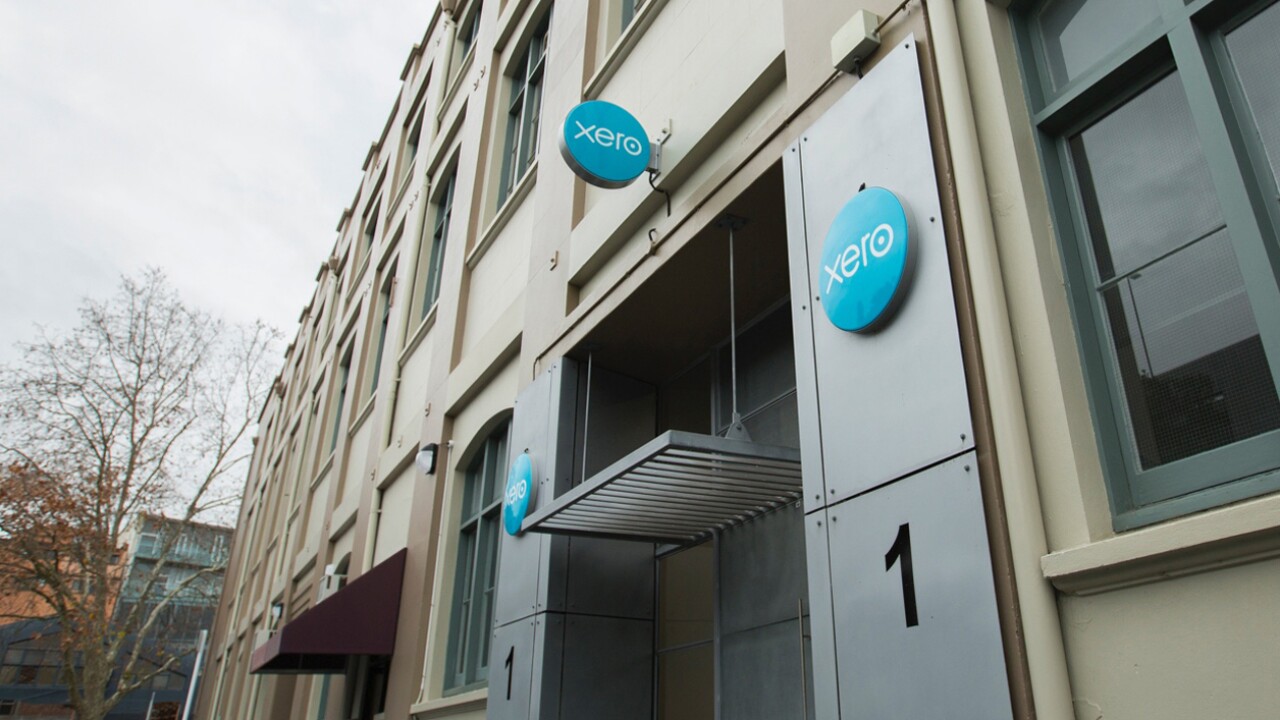The notion of "meritocracy," where the most talented rise to the top through skill, discipline and determination, fits neatly with the American dream. It reassures us that success is earned and that anyone, regardless of background, race, religion or creed, can reach the heights of leadership if they simply work hard enough.
But scratch beneath the surface, and the concept of meritocracy reveals a more complicated, and sometimes downright troubling, story. In public accounting, a profession that prides itself on objectivity and fairness, meritocracy is sometimes used not to ensure equity but to defend an uneven playing field. When some call for "merit-based hiring," they are really signaling a desire to preserve the status quo, one that continues to advantage white, male, upper-middle-class applicants at both the entry level and in the race for firm leadership.
I'm not saying we shouldn't aim for meritocracy. But to reach it, we need to first dismantle systemic barriers, rather than clinging to them. To see why, it helps to trace both the history of the idea and its modern misuses.
From dystopian fiction to everyday excuse
The word "meritocracy" was first popularized by British sociologist Michael Young in his 1958 satirical book "
Ironically, what Young meant as a warning was quickly reframed as a virtue, particularly in the United States during and after the civil rights era. As formal barriers to discrimination began to fall in the 1960s and 1970s, business and political leaders seized on meritocracy as a way to signal fairness while protecting the status quo. The idea sounded neutral: Hire the most qualified person, regardless of race or gender. But in practice, merit was defined by benchmarks that overwhelmingly reflected the backgrounds of white men already in power: elite schools, exclusive professional networks, uninterrupted career paths, and cultural markers of "fit."
In public accounting, this dynamic was especially clear. Most firms presented themselves as objective and even-handed, yet their recruiting pipelines, internship programs, and promotion criteria consistently favored those who looked and lived most like the existing partnership ranks. Neutrality became a convenient shield, allowing firms to reproduce old patterns under a new label. And for many of those invoking meritocracy today, the unspoken intent remains the same: to restore or preserve a system where opportunity flows most easily to those already holding advantage.
What a real meritocracy would require
If taken seriously, meritocracy is demanding. It requires not only a fair assessment of ability but also equal opportunity to demonstrate it. In hiring and promotion, that would mean:
- Removing barriers to entry. Every qualified applicant, regardless of socioeconomic background, should be allowed to compete. That requires addressing disparities in education, professional exposure, and financial resources.
- Defining qualifications transparently. Job criteria should be clear, measurable, and genuinely tied to success in the role, not coded expectations like "polish," "fit," or "executive presence."
- Applying standards universally. The same yardstick must apply to everyone, and not be relaxed for those with connections or inflated for those who are considered "different."
- Continual auditing. Firms need to examine outcomes regularly to ensure that bias is not creeping into the system under the guise of objectivity.
In short, a true meritocracy is not passive, and certainly not easy, as some claim. It requires intentional, ongoing effort to level the field and embrace true equity.
What calls for meritocracy really mean
In today's debates, meritocracy is often used less as a principle and more as a weapon. The loudest calls for merit-based hiring typically emerge in response to diversity and inclusion initiatives. The claim is that efforts to recruit or promote more women, people of color, or individuals from disadvantaged backgrounds amount to "lowering the bar."
But this framing is deeply misleading and, frankly, offensive. It assumes that the current system is neutral and fair, when in fact it is already skewed. People from underrepresented groups often have to work harder and longer to get to the same place as those with inherited advantages. They face greater scrutiny, receive less benefit of the doubt, and are more likely to be judged by their mistakes than by their potential.
Consider a few examples. A white male graduate from a flagship state university may be seen as a "solid fit," while a woman of color with the same degree is viewed as untested. A man who leaves work early for a child's school event is praised as a dedicated father, while a woman doing the same is questioned for her commitment. Candidates with family connections often secure internships or referrals without criticism, yet targeted recruitment of underrepresented groups is dismissed as favoritism.
The narrative of lowering the bar persists because those in power do the storytelling. The gatekeepers define what counts as merit, who deserves advancement, and whose success seems suspicious. Calls for meritocracy, in practice, become a way of preserving the status quo and keeping the pathways to success familiar and predictable.
How public accounting perpetuates advantage
Public accounting illustrates how a system that claims to, and in many cases legitimately tries to, be objective can still reproduce inequity.
- Hiring: Most firms concentrate recruiting at a narrow band of universities, often large state schools or private institutions with predominantly white, middle-class student bodies. This means that students at historically black colleges and universities, community colleges, or regional schools are often overlooked. The internship-to-job funnel compounds this problem: Many students can't afford relocation or unpaid opportunities, leaving them shut out before the competition begins. Even seemingly objective measures like GPA cutoffs or CPA exam readiness reflect unequal access to resources such as tutoring, exam prep, or the ability to test immediately after graduation.
- Promotion: Historically, advancement within firms has been shaped by subjective evaluations of "leadership potential," which studies show consistently underrate women and people of color. Mentorship and sponsorship networks where partners choose protégés who remind them of themselves can further tilt the playing field. And expectations of round-the-clock availability penalize those with caregiving responsibilities, most often women, even when their performance matches or exceeds their peers.
What is the result? Firms claim hiring and promotion decisions are purely merit-based, yet the numbers tell a different story. Teams may begin with some diversity, but at each rung of the ladder, diversity thins out until the partnership table looks much the same as it always has — overwhelmingly white and male. Leaders continue to insist the system reflects merit, often without realizing that their choices may be shaped by long-standing, unconscious assumptions about who is best suited for leadership.
Moving toward a genuine meritocracy
Bias persists less because leaders openly discriminate and more because inherited systems reward familiarity. Managers gravitate toward candidates who look or act like them. Longstanding recruiting practices at elite schools were designed in a different era and still filter out diverse talent. Even definitions of "professionalism" often mirror white, middle-class norms of dress, speech and demeanor. (Just ask any woman with curly hair.)
This creates a cycle where privilege is recast as merit. The son of an accounting partner who attends a top school looks very qualified, not because he inherently is, but because the system was designed to highlight people like him.
Breaking this cycle requires more than talk. If the profession truly values meritocracy, it must redefine what counts as merit and ensure opportunity is equally accessible. That means expanding recruiting beyond a narrow band of schools, offering paid internships and relocation support, using structured interviews and blind resume reviews, and auditing hiring and promotion processes with real accountability. Most importantly, it means recognizing that equity is not the opposite of merit; it is its fulfillment.
These steps aren't simple. They disrupt traditions and challenge comfort zones. In fact, I would bet that simply reading this article has made some of you uncomfortable. But without real change, meritocracy in accounting will remain a myth that justifies inequality rather than dismantling it.
Whose merit counts most?
Merit should mean recognizing talent and effort wherever they appear. Yet in public accounting, as in many professions, the term too often masks advantage and reinforces inequities. The loudest calls for a return to "merit-based hiring" rarely come from those left out of the system, but from those who have long benefited from its hidden preferences.
A genuine meritocracy wouldn't see diversity as a threat; it would see it as proof that opportunity is working as it should. Potential exists in every community, and fair evaluation means removing barriers. Until firms confront this reality, meritocracy will remain less a principle to strive for and more a myth used to excuse cronyism.





